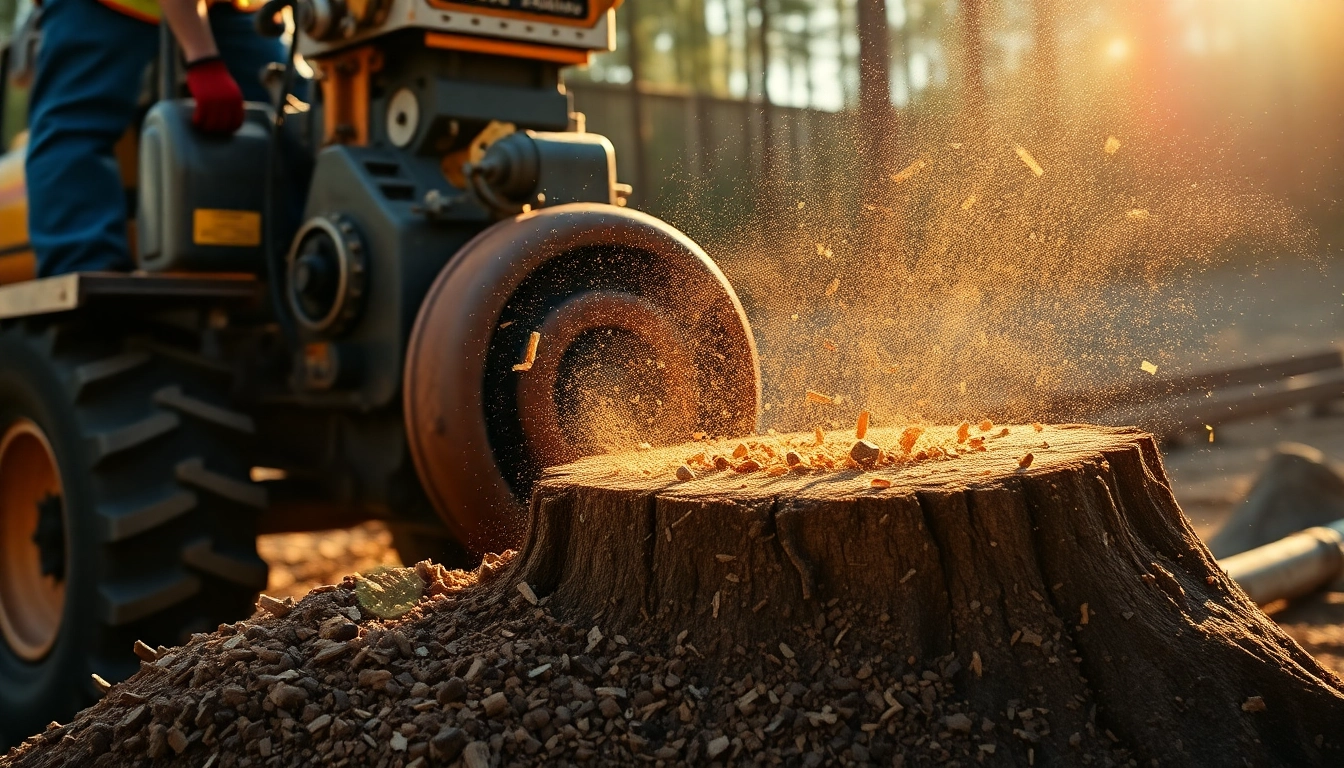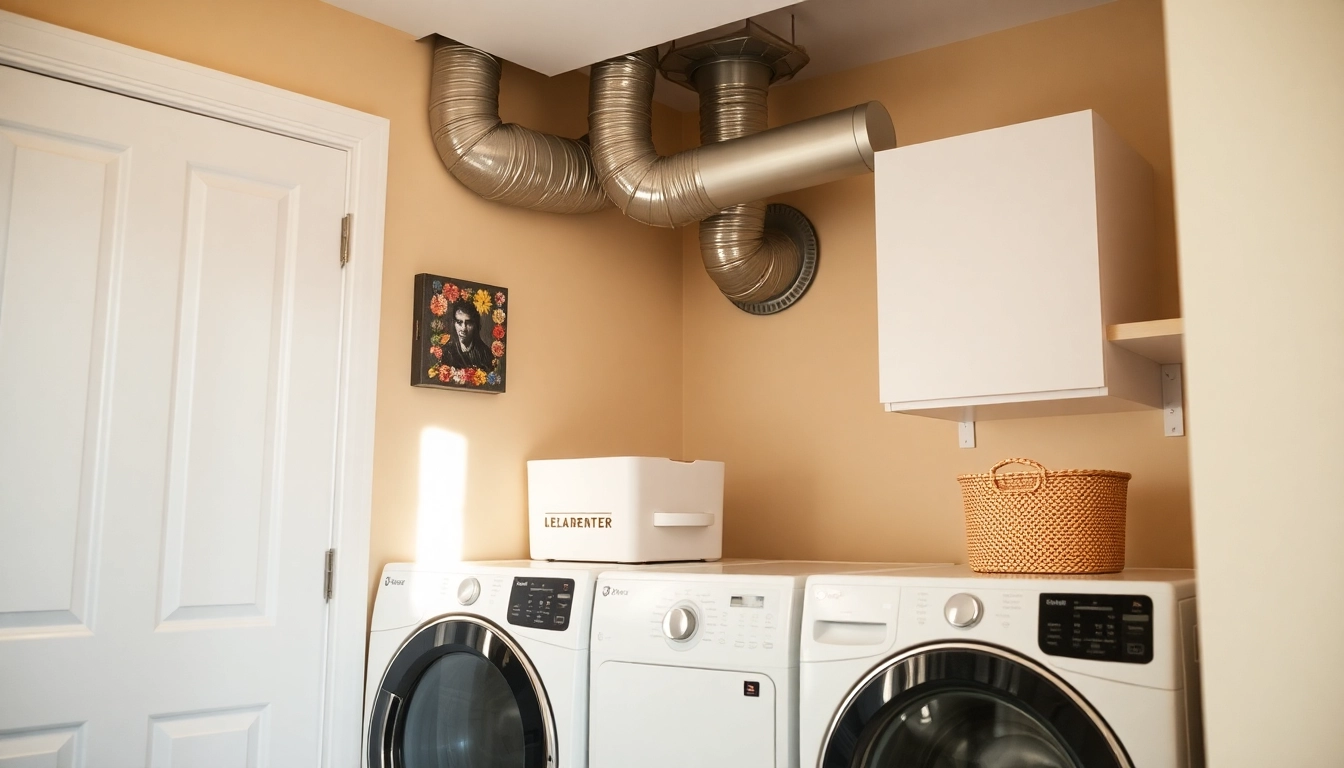Introduction to vertikale Gärten
As urban spaces become increasingly congested, the need for creative solutions to incorporate greenery into our living environments grows. One of the most innovative responses to this challenge is the concept of vertikale Gärten, or vertical gardens. These striking living walls not only enhance the aesthetic appeal of urban settings but also offer numerous practical benefits, including improved air quality and increased biodiversity. With their diverse applications and designs, vertical gardens are transforming our approach to gardening and urban landscaping.
What are vertikale Gärten?
Vertikale Gärten are essentially vertical plant installations designed to maximize space use, especially in urban conditions where ground-level gardening may not be feasible. Often referred to as green walls or living walls, these structures allow a variety of flora to thrive on a vertical plane.
The principle behind these gardens is quite simple: plants are anchored to a wall or a specially designed framework, creating an ecosystem that mimics natural environments. Various materials and systems, such as hydroponics and soil-based systems, can be employed to support plant growth. The result is a visually stunning arrangement that combines art and nature.
Benefits of vertical gardening
There are numerous advantages to integrating vertical gardens into residential and commercial spaces. Some of the most notable benefits include:
- Space efficiency: Vertical gardens utilize vertical space, making them ideal for places with limited ground area.
- Air quality improvement: Plants naturally filter toxins from the air, contributing to better air quality in urban environments.
- Thermal insulation: Green walls can help regulate building temperatures, reducing energy costs.
- Noise reduction: The layers of vegetation absorb sound, helping to create quieter urban spaces.
- Biodiversity support: Vertical gardens can serve as habitats for various species, enriching urban biodiversity.
The rise of vertikale Gärten in urban design
As cities expand and populations grow, traditional gardening methods often fall short in addressing the demand for green spaces. Vertikale Gärten have emerged as a prominent solution in modern urban design, appealing to architects, landscapers, and city planners alike.
A prime example is the work of Patrick Blanc, who pioneered the vertical garden concept. His installations in cities like Paris and Singapore have redefined urban landscapes, integrating large-scale greenery into high-rise buildings and public spaces.
Types of vertikale Gärten
Wall-mounted planters
Wall-mounted planters are perhaps the most common type of vertical gardens. These systems consist of individual pots or panels that can be attached to any vertical surface. Made from various materials such as wood, metal, or recycled plastics, these planters come in an array of designs.
Wall-mounted systems can be designed for different plant types, from ornamental flowers to culinary herbs. They offer flexibility for both indoor and outdoor applications and can be tailored to fit small spaces, such as balconies or patios.
Freestanding vertical gardens
Freestanding vertical gardens are self-supporting structures that do not depend on existing walls for support. These installations can take many forms, including towers, trellises, or modular panels, and they serve well in larger outdoor spaces.
Freestanding designs offer more creative freedom regarding layout and plant selection and are often utilized in public parks, community gardens, or larger private estates. They can also act as effective dividers, providing both privacy and greenery.
Vertical hydroponic systems
Hydroponics is a method of growing plants without soil using nutrient-rich water instead. Vertical hydroponic systems have gained popularity for their efficiency, enabling the cultivation of a wide variety of plants in a compact space.
These systems are often employed in commercial settings for growing produce, providing a year-round source of fresh vegetables and herbs. Not only do they maximize space, but they also reduce the need for pesticides, as water-based systems tend to deter certain pests.
Choosing Plants for Your vertikale Gärten
Best plants for small spaces
Choosing the right plants is crucial for successful vertikale Gärten. For confined areas, opt for plants that have a compact growth habit and require minimal maintenance. Some ideal choices include:
- Succulents: These drought-resistant plants thrive in small containers and bring striking visual interest.
- Herbs: Consider plants like basil, mint, and rosemary, which are perfect for culinary use.
- Ferns: Ideal for adding greenery without taking up much horizontal space.
- Flowering plants: Select compact varieties of petunias, violets, or orchids for color without overwhelming the space.
Considerations for seasonal planting
When gardening vertically, it is essential to consider seasonal changes that may affect plant health and appearance. Choosing plants that can thrive year-round, or planning for seasonal rotations, will ensure a consistently vibrant display.
Additionally, incorporate evergreens that remain green in winter alongside flowering plants for spring and summer to maintain interest throughout the year.
Balancing aesthetics and functionality
Your choice of plants should satisfy both aesthetic appeal and practical needs. Consider the final visual arrangement of your garden, as well as how well different plants will perform together.
Incorporate trailing plants or vines that can create a lush cascading effect while strategically placing taller plants behind shorter ones to provide depth. This balanced approach enhances visual interest and maximizes the garden’s functional aspects.
Creating Your Own vertikale Gärten
Step-by-step guide to installation
Installing your own vertical garden can be a rewarding process. Here’s a comprehensive step-by-step guide:
- Select a location: Choose a wall or area that receives adequate sunlight and is easy to access for maintenance.
- Choose your system: Decide whether to use wall-mounted planters, freestanding structures, or hydroponic systems based on your space and aesthetic preferences.
- Gather materials: Depending on your chosen system, procure pots, soil, potting mix, and the necessary tools (like a drill, screws, and mounting brackets).
- Install the framework: Follow the manufacturer’s instructions to install your chosen structure securely.
- Plant your selections: Fill planters with appropriate soil, then introduce plants, considering their size at maturity.
- Water and monitor: Initially water your plants thoroughly and set up a schedule for regular care and maintenance.
Essential tools and materials
To ensure a smooth installation, gather the following tools and materials:
- Drill and screws (for wall-mounted systems)
- Potting soil and fertilizers
- Watering can or irrigation system
- Gloves and pruning shears
- Pots or planting panels
Tips for maintenance and care
Proper care is essential for the longevity of your vertical garden. Here are some tips to keep in mind:
- Regularly check for pests and diseases; early detection can save your plants.
- Implement a consistent watering schedule, adjusting it seasonally as needed.
- Fertilize when necessary, typically every few weeks during the growing season.
- Prune dead leaves and spent flowers to encourage new growth and maintain aesthetics.
Future Trends in vertikale Gärten
Technological advancements in vertical gardening
As interest in vertical gardens continues to grow, so does innovation in technology related to their implementation. Advances such as automated irrigation systems, soil sensors, and smart gardening apps are emerging to enhance the user experience and plant health.
These technologies allow for easier maintenance and improved operational efficiency, making vertical gardening even more accessible to urban dwellers and busy professionals.
Sustainable practices for modern gardens
In the context of increasing environmental concerns, sustainable practices are essential for modern vertical gardens. Utilizing native plants, employing organic pest control, and recycling materials for planters are just a few ways to contribute positively to the environment.
Moreover, many vertical gardeners are exploring permaculture principles, where gardens are designed to be self-sustaining and beneficial to the ecosystem.
Case studies of successful vertikale Gärten projects
Real-world applications of vertical gardens highlight their effectiveness and versatility. Notable projects include:
- One Central Park, Sydney: Featuring a stunning green facade designed by architect Frank Gehry, this residential complex incorporates a vast array of native plants.
- NYC’s MoMA: The Museum of Modern Art in New York City includes a vertical garden that enriches the outdoor space while reducing the heat island effect.
- Vertical Farm in Singapore: Utilizing hydroponics and smart technology, this urban farm cultivates various crops in an entirely vertical orientation, addressing food security in densely populated areas.


